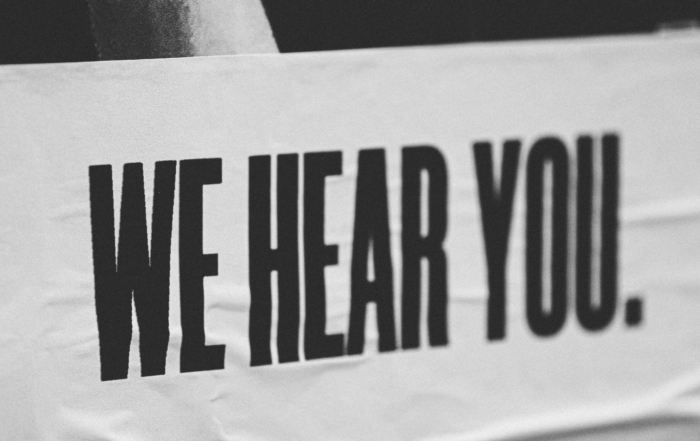The Power of UX to Reduce Cognitive Load in the Midst of a Crisis

Written by: Sarah Romeo, Senior Digital Designer
The Power of UX to Reduce Cognitive Load in the Midst of a Crisis

Written by: Sara Romeo, Senior Digital Designer

As COVID-19 continues to spread its footprint in the U.S., individuals and businesses alike are seeking relief assistance through private and government programs.
Call centers are short-staffed, creating long wait times for customers seeking deferral of payments on their debt. Government systems are currently overwhelmed, causing websites to crash mid-use or be unavailable for hours on end during peak times of the day.
Although some of these issues are simply the result of the infrastructure being overwhelmed, there are some UX solutions that could reduce errors, delays or miscommunication.
In times of crisis, it’s important that companies ask less of their customers. Right now, peoples’ emotional and mental resources are lower than usual.
Chase, for example, is providing a separate number for customers to call specifically for assistance with their mortgage. This is an automated line that enables the caller to select a payment deferral time period. In addition, a recorded message provides clear, reassuring details that in using this relief measure, the customer’s credit will not be impacted and that late fees will be refunded.
The approach Chase is taking saves time and reduces anxiety among its customer base. These solutions minimize cognitive load for the user at a time when stress is high. That’s good business and the right thing to do at a time like this.
Conversely, many individuals who have been laid-off and are seeking unemployment insurance, or business owners who are seeking disaster aid to survive the crisis, face a less streamlined experience.
The Small Business Administration (SBA) website, where business owners can apply for low interest loans, is bogged down between the hours of 7 am and 7 pm. When this happens, the site displays a phone number to call for assistance, but that is overloaded, as well.
For the most part, the SBA has done a good job of preparing the user to collect needed documents before logging in, but the site is crashing constantly, forcing applicants to type and upload the same information repeatedly as it disappears from the page.
When this happens, missing input or errors must be marked with obvious signals in close proximity to where the error occurred. It’s critical to explain the problem in plain language that the average user can understand. More importantly, the message must instruct users on how to recover from the error.
Similarly, the state unemployment insurance sites are experiencing unmanageable volume. Beyond increasing server capacity, the questions in their forms could be made clearer. For example, “Are you currently self-employed — yes or no,” is ambiguous. Does the State want to know if the user is currently self-employed or if the user is no longer self-employed due to the crisis?
There are a few easy ways to minimize confusion when it comes to your website or product’s interface. Here are four:
- Keep typography simple and avoid adding extraneous font styles or type flourishes that don’t convey any added meaning.
- Refrain from including redundant links that add to the user’s perceived number of choices.
- Be thoughtful in your image choices: If a photo or graphic helps the user make a decision or remember information, go ahead and use it. If it just adds visual clutter to the interface, skip it.
- And very importantly, stick to existing design patterns that your user will recognize from visiting other sites or products.
Whether you work for a government agency or a private company, your organization’s digital touch points have become considerably more important during this crisis.
With so many people across the country working from home, increased load is being placed on your digital solutions. You can’t afford to let your website or app be the point of failure that causes you to lose customers due to usability issues that could be easily addressed.
Urban Emu can help identify critical usability issues by performing a heuristic evaluation of your website or product. This type of evaluation results in recommendations to reduce cognitive load and improve the effectiveness of error messages, among many other categories of usability.
At Urban Emu, our team designs digital experiences with usability heuristics in mind, resulting in delightful user experiences in both good times –– and times of crisis.
Contact Us
Urban Emu is an experience agency proudly driven by a singular mission: to transform the way humans live. We achieve this through a powerful fusion of design, technology, and communications, creating unparalleled online and offline experiences.
We love to hear about ideas big or small. Please don’t hesitate to get in touch with us regarding your project.
Email: hello@urbanemu.com












